Searching for the Singapore Identity
Two hundred years after Sir Stamford Raffles established a trading port here, Singaporeans are still thinking about who we really are as a country. And that — according to the NUS academics and alumni across various disciplines — may actually be what unites us.

Even those with a cursory knowledge of Singapore’s history are probably familiar with the events of 29 January 1819. It was on this day 200 years ago that a British expedition led by Sir Stamford Raffles landed in Singapore. Their arrival heralded the establishment of a British trading post on the island — and given the lasting impact of colonial-era legal and education systems, infrastructure and dependence on international trade, it is roundly agreed that this marked the birth of modern Singapore.
To mark the 200-year milestone, an exciting line-up of commemorative activities including exhibitions, roadshows, conferences, national events, festivals and trails will be taking place throughout the year. Interestingly, Singapore’s older past — that stretches back to the late 13
th Century — has not been forgotten either. As stated by the specially-formed Singapore Bicentennial Office (SBO) in the Prime Minister’s Office: “The Bicentennial is an opportunity to reflect on 200 years of history from 1819, one of the key turning points that changed our trajectory. It will also examine the 500 years prior to 1819, as these formative years lend context to our evolution. … It will be an opportunity for us to reflect on how our nation came to be, how far we have come, and how we can go forward together.”
Under these circumstances, questions surrounding national identity are swirling around. What binds us together as a country? Is our collective identity strong enough to withstand a splintering of the population along ethnic and religious lines? Does the idea of ‘Singaporean-ness’ even matter, at a time of increasing globalisation and migration?
Posing these and other questions to NUS alumni and faculty, The
AlumNUS uncovers their perspectives on Singapore’s history, culture and identity, and how they derive national pride.
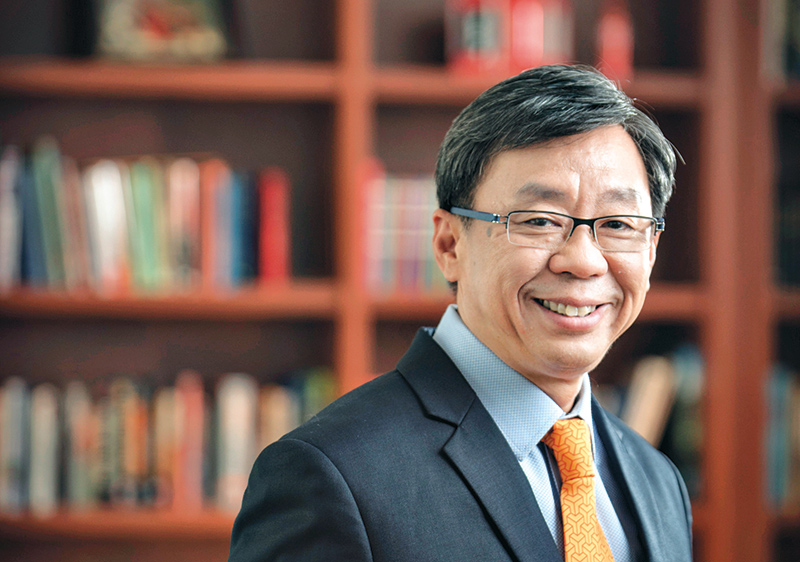
To disregard a past that precedes 1819 is to abandon a crucial link with the region around Singapore and miss out a large part of our heritage.
Prof Tan Tai Yong, President and Professor of Humanities (History), Yale-NUS College
TAKING THE LONG VIEW
Ask any five individuals why they are proud to be a Singaporean, and they will likely give five different, equally valid answers. Foodies may wax lyrical about hawker dishes like chilli crab and chicken rice. Nature lovers may point to the island’s rich biodiversity, with native flora and fauna found in numerous parks and nature reserves. Others may single out Singapore’s famously-efficient public transportation and infrastructure, its globally-admired economy, its commitment to racial harmony and meritocracy, or cultural oddities like Singlish.
These aspects will be explored in SBO’s year-long events and activities, planned with the support of a private-public advisory panel. Professor Tan Tai Yong (Arts and Social Sciences ’86), President and Professor of Humanities (History) at Yale-NUS College, is among those sitting on the panel. As a historian, he feels strongly about using the occasion to trace our roots further back in time — stopping not at 1819, but all the way back to the founding of the Kingdom of Singapura by the Srivijayan prince Sang Nila Utama in 1299.
“To disregard a past that precedes 1819 is to abandon a crucial link with the region around Singapore and miss out a large part of our heritage,” argues Prof Tan, noting that the intervening period between 1299 and 1819 saw Singapore develop into a major maritime hub. “We are not simply a construct of colonialism, although the legacies of British rule have shaped our society and polity in fundamental ways. Colonialism was built on a pre-colonial past. We need to see these complex layers of history, shaping Singapore over a long period of time and making it into what it is today.”
This topic is also the focus of Prof Tan’s research as the NUS Institute of Policy Studies’ (IPS) S R Nathan Fellow for the Study of Singapore. “The IPS–Nathan Lectures provide an opportunity for me to elaborate on what I consider are the enduring themes shaping Singapore’s long history — our geographical location, the rise and decline of regional powers, and globalisation of commerce and migration,” he explains. In his view, delving into these forces will foster greater historical consciousness among the public.
MARK THE DATE!
NUS is partnering SBO to organise several activities on the Bicentennial calendar:
The Future of Our Pasts Festival from 16 February to 17 March. Led by Yale-NUS College, the festival entails young Singaporeans exploring and reimagining diverse areas of Singapore history, covering space, architecture, communities, language, race, relationships and the arts. Their projects will be presented via a range of artistic mediums at various locations around the city.
A refreshed Archaeological Dig exhibition at Fort Canning Park. To reopen in June, the 17-year-old site will be expanded to house artefacts recovered from Prof John Miksic’s most recent excavation in late 2018, along with multimedia educational panels on these artefacts. This is part of overall enhancement works for the Park, which will serve as the venue for the Bicentennial’s anchor event.
An updated edition of Singapore: A 700-Year History (National Archives of Singapore, 2009), co-authored by Prof Tan Tai Yong. To be published in the second half of 2019, the re-issued hard copy will be accompanied by the launch of an interactive e-book version.
An IPS Conference on the Singapore Bicentennial in September.
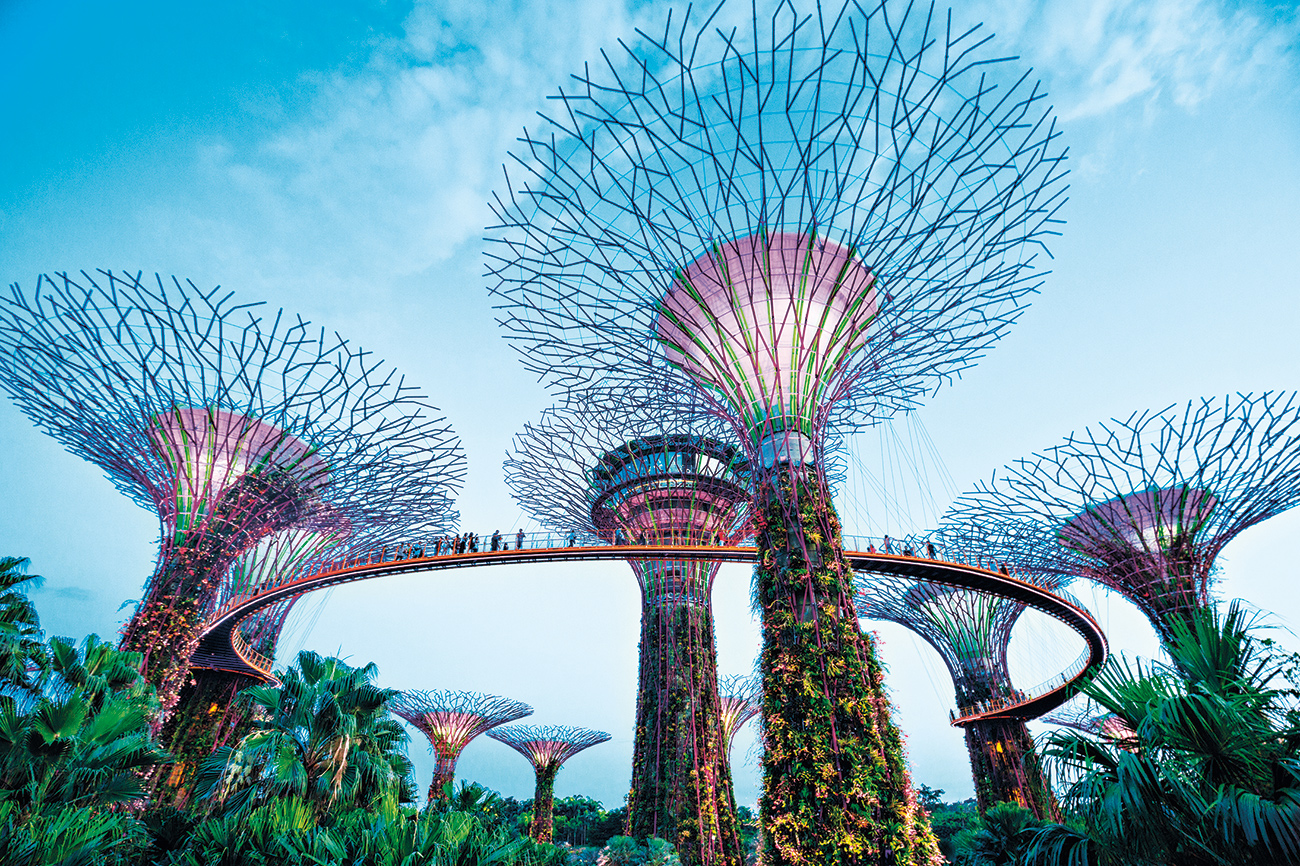
Reinforcing Prof Tan’s view is another NUS faculty member, Professor John Miksic from the Department of Southeast Asian Studies. The American archaeologist led Singapore’s first archaeological dig at Fort Canning Park in 1984. Since then, he has unearthed many artefacts in subsequent excavations at the park as well as other historically-significant sites around Singapore, ranging from a headless horseman statue made of lead in a style typical of 14
th-century Javanese art to an ancient Chinese bowl. These relics provide evidence that Singapore enjoyed close relations with other countries as early as the 14
th century.
STAYING SECURE
From the perspective of national security, perhaps the most important sector of the economy is the defence industrial base. Major players include ST Engineering, which supplies the Singapore Armed Forces with munitions and military vehicles, and Temasek Laboratories @ NUS, which conducts research in selected defence science and technology areas.
In charge of enhancing Singapore’s defence technology capabilities is the Chief Defence Scientist of the Ministry of Defence. The role has been held by a string of NUS alums since the post was created in 1986 — Prof Lui Pao Chuen (Science ’65), Prof Quek Tong Boon (MSc ’85) and now Mr Quek Gim Pew (Engineering ’81).
Prof Miksic theorises, “Singapore’s pre-colonial culture seems to have been dynamic and well-connected, not an isolated backwater. Raffles himself may have been influenced by the idea that Singapore already had an ancient history, and was therefore a favourable place to revive commercial activity linking India, China and neighbouring Southeast Asian countries. This may provide confidence that Singapore’s existence was not so fragile that it could easily collapse following the withdrawal of the colonial power from the island.”
It seems not that much separates pre-colonial Singapore from the independent Republic we see today. Singapore was a thriving port city long before Raffles set foot on the island. Moreover, Singapore’s main ethnic groups were already interacting with each other and living together in harmony seven centuries ago. As we now ponder the city-state’s future, the twin forces of economic sophistication and multiculturalism continue to figure prominently in perceptions of Singapore.
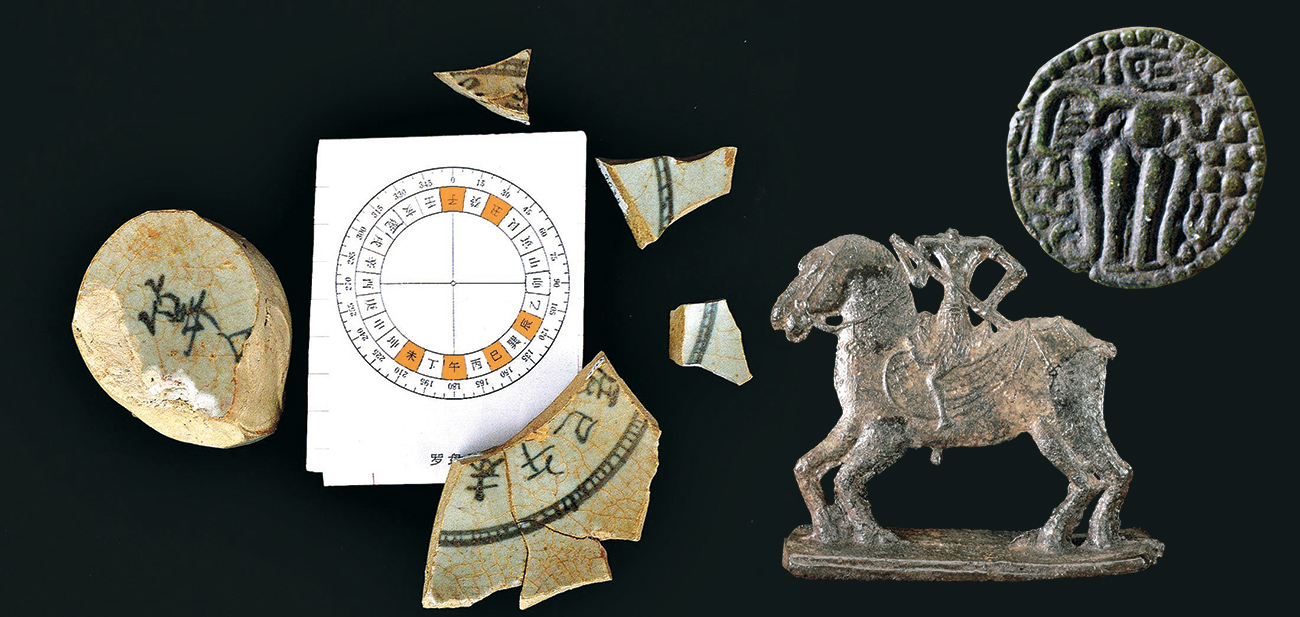 Prof Miksic’s finds (from left): an ancient Chinese bowl at Fort Canning; a headless horseman statue at Empress Place; and a medieval Sri Lankan coin at Parliament House Complex.
Prof Miksic’s finds (from left): an ancient Chinese bowl at Fort Canning; a headless horseman statue at Empress Place; and a medieval Sri Lankan coin at Parliament House Complex.
THE ECONOMIC ‘MIRACLE’
Singapore’s economic excellence was recently underlined in the World Economic Forum’s Global Competitiveness Report 2018, which ranked the nation second out of 140 economies, bested only by the United States. This is no accident or a stroke of good luck, but rather the result of hard work and ingenuity by industry veterans and young upstarts alike.
No stranger to business circles, Mr Philip Yeo (Science ’74) credits “a transparent and clean government” for Singapore’s conducive business environment. He is best known for chairing government agencies including SPRING Singapore, the Agency for Science, Technology and Research (A*STAR) and the Economic Development Board. It was he who spearheaded the establishment of a petrochemical cluster on Jurong Island, the Biopolis and Fusionopolis science and technology hubs, as well as Singapore’s participation in various overseas industrial parks.
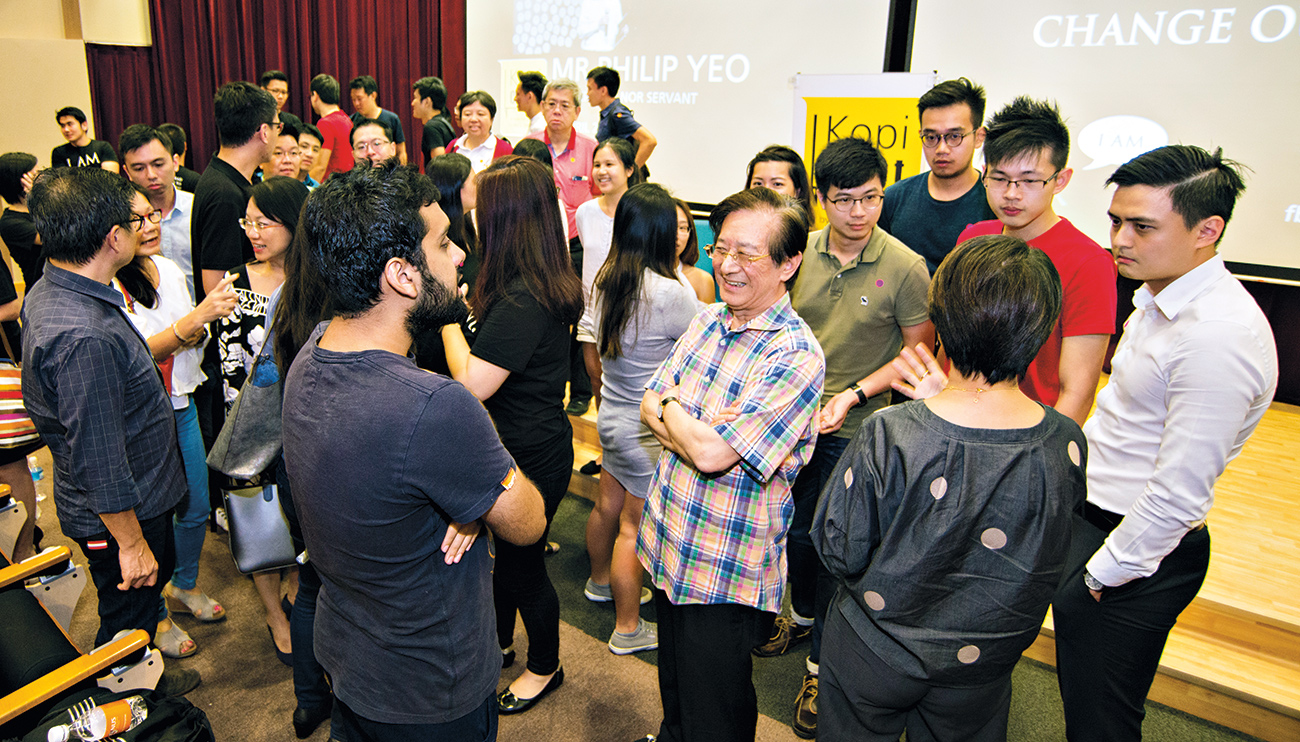 Mr Philip Yeo (in checked shirt) networking with the audience after the Kopi Chat with Mr Philip Yeo — Neither Civil Nor Servant dialogue session, organised by PYI Programme Office in collaboration with NUS Enterprise in April 2018.
Mr Philip Yeo (in checked shirt) networking with the audience after the Kopi Chat with Mr Philip Yeo — Neither Civil Nor Servant dialogue session, organised by PYI Programme Office in collaboration with NUS Enterprise in April 2018.
The Philip Yeo Initiative (PYI) is a ground–up movement, administered by NUS Enterprise, to honor Mr Philip Yeo’s contributions and to create a platform for him to develop people and talent. The PYI aims to grown the MAD Spirit in the next generation of Singapore leaders.
The Philip Yeo Innovation Fellows Programme, one of two focal programmes under the PYI, supports passionate individuals who have their own MAD projects or ideas. A maverick for public service, his brand of leadership has been codenamed as MAD (Make A Difference), by his protégés over the years.
For more information, visit: philipyeoinitiative.sg
Now in the private sector, Mr Yeo, 72, serves as Chairman of two companies: Economic Development Innovations Singapore, which works with other governments and investors to accelerate economic development worldwide; and Accuron Technologies, a global precision engineering and technology group. However, his core motivation remains unchanged. “My career has been focused on building up Singapore’s industries and creating jobs. In that sense, I am contributing to national development,” says Mr Yeo.
He is also helping to nurture the next generation of leaders through the Philip Yeo Initiative (PYI), philipyeoinitiative.sg, a scholarship programme administered by NUS Enterprise. Under the PYI, funding, mentorship and other forms of support are offered to young Singaporeans who are passionate about making a difference through their entrepreneurial ideas. “PYI is my way of helping young people follow their aspirations,” says Mr Yeo of the eponymous initiative, now in its fifth year. “A country is only as good as its people. We have to find those who have the ambition and drive to grow, and give them the room and freedom to do it.”
Crucially, being a born-and-bred Singaporean is not a prerequisite for identifying such talent. Discussing Singapore’s vision to be a Smart Nation, Mr Yeo points out: “It requires attracting and retaining smart people who have the talent and skills to use digital technologies, whether they are born in Singapore or elsewhere. Especially because of our ageing population, we cannot depend on the local population alone. We need to welcome smart people from diverse countries, so they can add to our talent pool.”

ARE WE ONE PEOPLE?
There are, however, some who debate whether 1819 is a milestone even worth celebrating. One person who takes a critical view of it is Mr Bilahari Kausikan (Arts and Social Sciences ’76), a retired diplomat and Chairman of NUS Middle East Institute. He makes the case that Singapore identity was formed only after 1965: “Before Singapore became independent, it was a colony. Its people were subjects, not citizens. Those who came here were in principle sojourners, not settlers.”
Asked about possible threats to nationhood, Mr Kausikan posits that identity politics is upon us, albeit in an “attenuated” way. “Our national identity is being tugged in different directions, sometimes by global forces. The main issue is what individuals see as their overarching identity. Do they identify with being a Singaporean Chinese more than being a Chinese? Do they value their Singaporean identity over their Hindu or Muslim heritage?”
Above all, he notes, national identity is “malleable”. It will change and adapt as the country matures. People are bound to have differing opinions on the matter. As long as we engage with one another in common spaces, be it through open dialogue or the National Service, that in itself can be considered an exercise in nation-building.
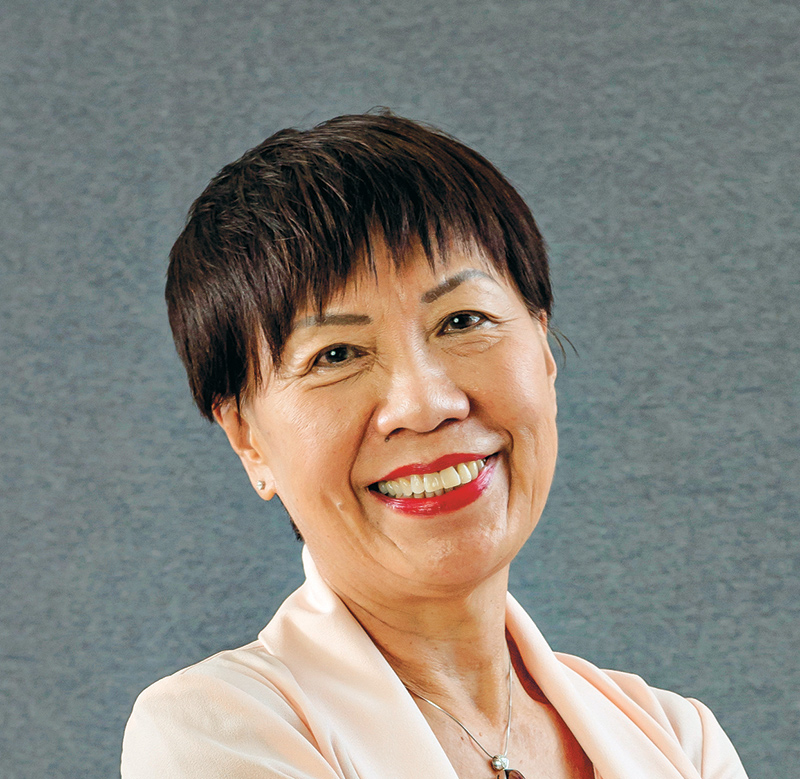
We have four official languages to represent the main ethnic groups in the country, while at the same time fully embracing the language of our colonial past, English.
Prof Anne Pakir, Associate Vice President (University and Global Relations), NUS
STRENGTH IN DIVERSITY
Welcoming people from all walks of life is how Singapore came to have a multiracial population in the first place. Today’s resident population is largely descended from ancestors who travelled from China, India and the Malay archipelago, and then chose to lay down roots here and make Singapore their home.
Having different communities, each with their own cultural and religious beliefs, at close quarters could potentially ignite racial tensions. Yet Singapore has mostly managed to avoid this pitfall. Respect for diversity is enshrined in the law through anti-discrimination provisions, nation-wide observance of key ethnic festivals, as well as the policy of four official languages (English, Malay, Mandarin and Tamil).
The latter policy in particular is what makes Singapore “special”, says NUS’ Associate Professor Anne Pakir (Arts and Social Sciences ’71), Associate Vice President (University and Global Relations) and Associate Professor in the Department of English Language and Literature. “We have four official languages to represent the main ethnic groups in the country, while at the same time fully embracing the language of our colonial past, English.”
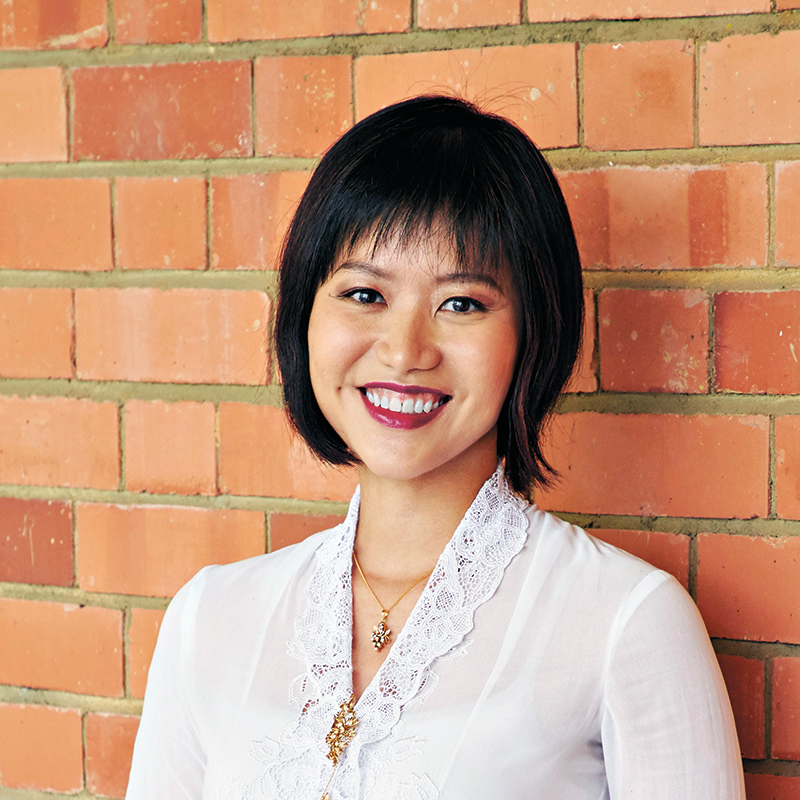
Language loss, a current universal phenomenon in the face of globalisation, is intertwined with a loss of identity and its associated cultural elements.
Dr Nala Lee, Assistant Professor, NUS Department of English Language and Literature
Also unique to Singapore is its local lingo, that mishmash of languages and dialects known as Singlish. Public opinion is divided over whether it should be stamped out or upheld. Critics of Singlish believe that its lack of international intelligibility puts Singaporeans at a disadvantage on the global stage. On the other hand, proponents argue that it is a true reflection of Singapore’s multiculturalism and acts as a unifying emblem of national identity. In truth, the reality lies somewhere in the middle, with most people able to switch between Singlish and standard English, depending on the situation.
So successful has the Government been in promoting the four official languages that in recent years, a groundswell of interest has risen to save critically-endangered local languages like Kristang (spoken by Portuguese-Eurasians) and Baba Malay (the ancestral tongue of Peranakans). Dr Nala Lee (Arts and Social Sciences ’06), a Peranakan Chinese and Assistant Professor in the NUS Department of English Language and Literature, is documenting Baba Malay as part of her research work. Another NUS alumnus, half-Chinese, half-Eurasian Mr Kevin Martens Wong (Arts and Social Sciences ’17), founded the Kodrah Kristang revitalisation initiative in 2016, which offers free Kristang language classes.
“Language loss, a current universal phenomenon in the face of globalisation, is intertwined with a loss of identity and its associated cultural elements,” says Dr Lee on the importance of conserving heritage languages. Even NUS is taking up the mantle through initiatives such as NUS Baba House, a restored townhouse on Neil Road that displays the early 20
th-century domestic life and culture of the Peranakan Chinese. Adds Dr Lee, “NUS Baba House is an incredible experience that gives a sense of lived place and time. I would say that the work we do is complementary. My work focuses on language, and innately intangible culture, while NUS Baba House showcases tangible culture.”
The power of language, and of the arts in general, as an intangible marker of identity is also remarked upon by Mr Wong. “I think that as our society has achieved economic progress and attained material wealth, people are now discovering this is not enough,” he muses. “People yearn for a deeper, emotional connection — and the arts provides the space for this to develop. It goes beyond the easily-knowable and deals with things that are hard to articulate, like identity.”
THE WRITTEN WORD

‘Vibrant’ is one way of describing NUS’ arts scene. Among its former faculty are luminaries such as Emeritus Professor Edwin Thumboo (Arts ’56), Singapore’s unofficial poet laureate whose writings have centred on national issues, and theatre director
Dr KK Seet, who helped set up NUS’ Theatre Studies programme in 1992. They have inspired and mentored younger writers and theatre practitioners. For example, playwright Ms Faith Ng’s (Arts and Social Sciences ’12) 2015 play,
Normal, spurred a much-needed national dialogue about the drawbacks of Singapore’s education system and its societal impact.
PUTTING ‘HEART’ IN THE HEARTLANDS
Emotional attachment to the homeland can also be established through careful planning of the built environment. This is what 80 year-old Dr Liu Thai Ker, Singapore’s former master planner, strove for during his leadership of the Housing and Development Board (HDB) from 1969 to 1989, and later the Urban Redevelopment Authority (URA) from 1989 to 1992. Dubbed the “architect of modern Singapore”, he was responsible for designing the self-sufficient new towns, neighbourhoods and public housing precincts with which Singapore has become synonymous.
“Through intelligent city planning and a technocratic government, we managed to achieve four goals by 1985: eliminate slums; solve the problem of homelessness; remove ghettos by mixing people across different social classes; and get rid of ethnic enclaves by integrating the different communities,” says Dr Liu, founding Chairman of Morrow Architects & Planners Pte Ltd and an Adjunct Professor at NUS School of Design and Environment. Despite its high population density, Singapore also has flowing traffic, clean air and good infrastructure, creating the conditions for a safe and comfortable life.

It’s up to the residents themselves to make it a real kampung. They must have the desire to interact and create a sense of community spirit, and to make the city loveable as well as liveable.
Dr Liu Thai Ker, founding Chairman, Morrow Architects & Planners
“The Government has created ‘vertical
kampungs’ with common spaces such as void decks in HDB blocks, as well as facilities like shopping malls and playgrounds,” comments Dr Liu. “It’s up to the residents themselves to make it a real
kampung. They must have the desire to interact and create a sense of community spirit, and to make the city loveable as well as liveable.”
Just as important as community cohesion, notes Dr Liu, is the preservation of our cultural heritage. Instead of imitating Western architecture, he hopes contemporary architects will create “historical buildings of the future” that are not only modern but reflect Singapore’s tropical locality and multi-ethnic makeup. For instance, Bishan New Town has HDB blocks with pitched roofs and pastel hues that evoke Malay
kampungs, while in Chinatown, Dr Liu has designed a shopping centre with Chinese elements on the façade.
Conservation of a different sort has been a lifelong pursuit for naturalist Professor Leo Tan (Science ’68), Director (Special Projects) at NUS Faculty of Science and an Advisor for the Lee Kong Chian Natural History Museum (LKCNHM). “To me, identity stems from familiarity with my surroundings. I want to see things that I grew up with and remember, such as the lizards in my childhood home and the Tembusu heritage tree at the Singapore Botanic Gardens,” says Prof Tan, 74.
KEEPING HAWKER CULTURE ALIVE

Hawker centres are a beloved institution in Singapore, and an essential part of any new town. In her coffee-table book,
Singapore Hawker Centres: People, Places, Food (National Environment Agency, 2007), former NUS academic (and now Singapore Management University’s President) Professor Lily Kong (Arts and Social Sciences ’86) shows how hawker centres serve as a gathering place for communities to bond over food. Now, the fight is on to successfully nominate Singapore’s hawker culture for inclusion in UNESCO’s Representative List of Intangible Cultural Heritage.
During his decade-long stint as Chairman of National Parks Board (1998–2007), Prof Tan successfully fought for Labrador Park to be gazetted as a nature reserve and championed the development of Gardens by the Bay. Since returning to his alma mater, he has led several projects to enhance appreciation for the environment and preserve Singapore’s rich natural history. Highlights include initiating the publication of the Singapore Biodiversity encyclopaedia, supporting mangrove regeneration in Pulau Semakau, conducting a comprehensive marine biodiversity survey and establishing LKCNHM.
All of this is happening side by side with Singapore’s evolution from a ‘Garden City’ to a ‘City in a Garden’ and now to a ‘biophilic City in a Garden’. As Prof Tan explains, “There must be natural attractions to help people feel rejuvenated and improve their well-being, so that they will want to stay in Singapore. It’s not just about building hospitals and schools, but also having recreational spaces to unwind. This creates a sense of belonging or comfort, and of being at rest wherever you are.”
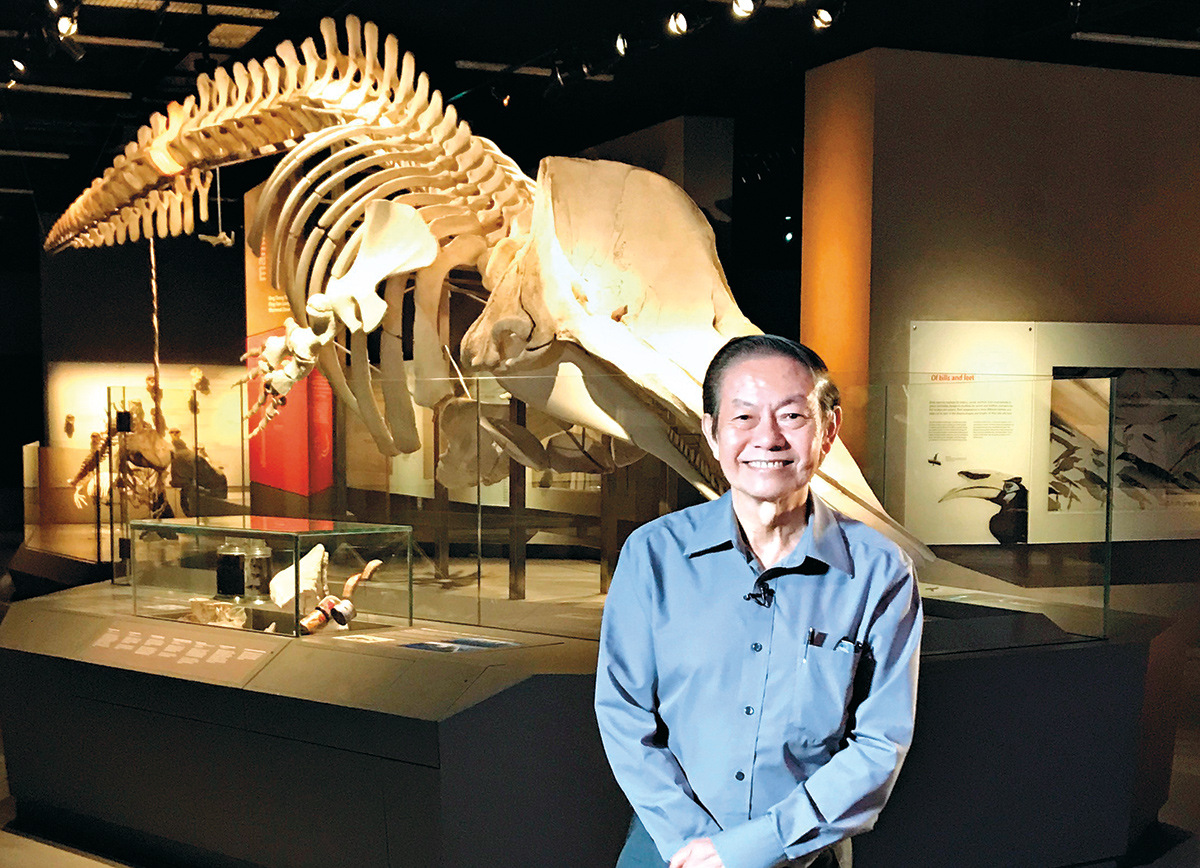 Prof Leo Tan at the NUS Lee Kong Chian Natural History Museum, which was officially opened in 2015.
Prof Leo Tan at the NUS Lee Kong Chian Natural History Museum, which was officially opened in 2015.
Text by Wanda Tan